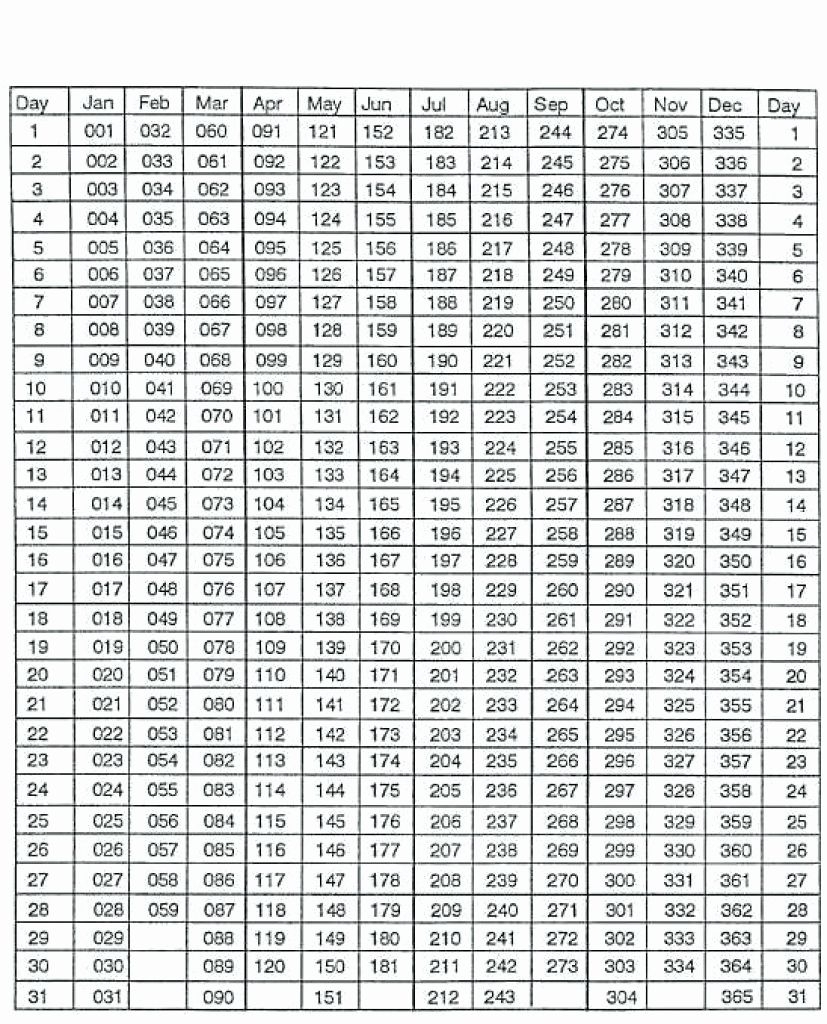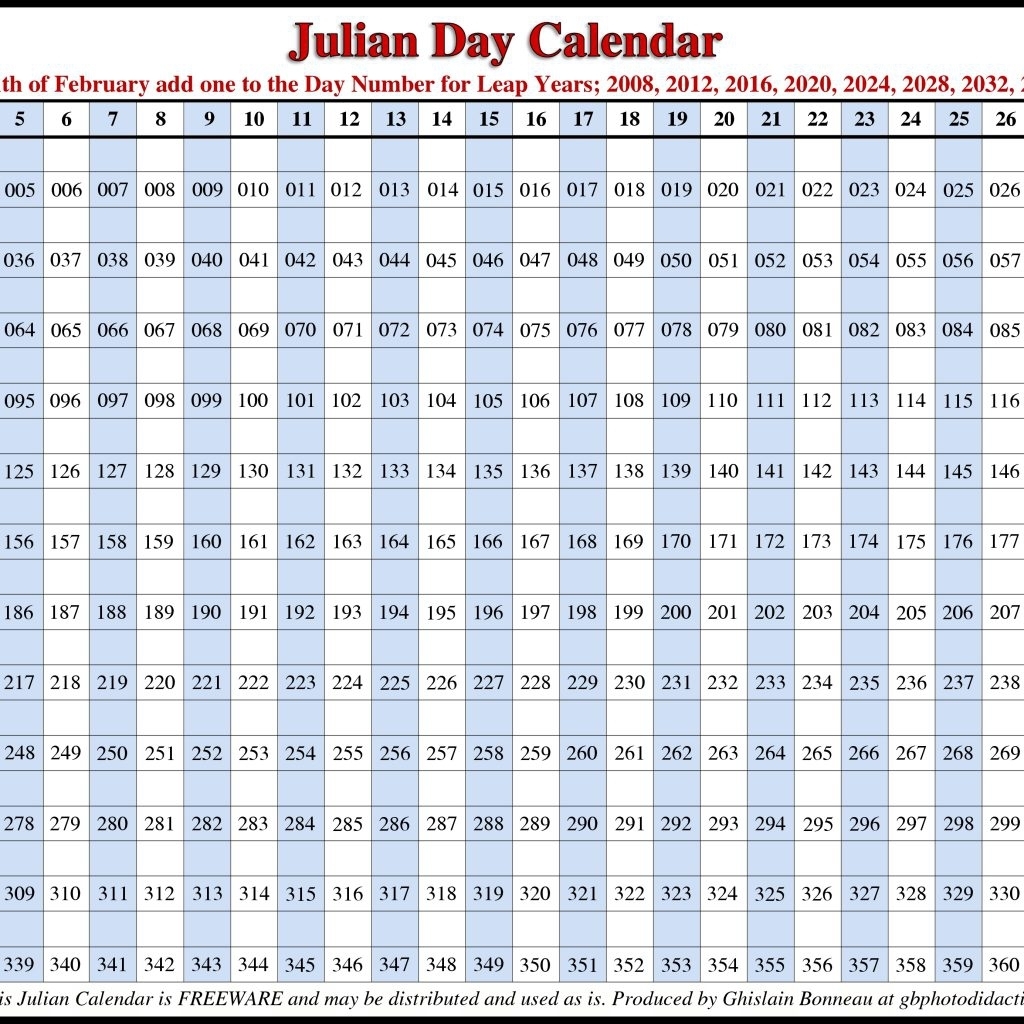

Range is not validated, in smart and strict mode it is.

It will then try to obtainĪn Instant, falling back to a ChronoLocalDateTime if necessary. The conversion will first obtain a ZoneId from the temporal object,įalling back to a ZoneOffset if necessary. Which this factory converts to an instance of ChronoZonedDateTime. This obtains a zoned date-time in this chronology based on the specified temporal. Obtains a ChronoZonedDateTime in this chronology from another temporal object. zonedDateTime public ChronoZonedDateTime zonedDateTime( TemporalAccessor temporal).Specified by: localDateTime in interface Chronology Parameters: temporal - the temporal object to convert, not null Returns: the local date-time in this chronology, not null See Also: om(TemporalAccessor) This method matches the signature of the functional interface TemporalQueryĪllowing it to be used as a query via method reference, aChronology::localDateTime. Those fields that are equivalent to the relevant objects. Implementations are permitted to perform optimizations such as accessing The conversion extracts and combines the ChronoLocalDate and the Which this factory converts to an instance of ChronoLocalDateTime. This obtains a date-time in this chronology based on the specified temporal.Ī TemporalAccessor represents an arbitrary set of date and time information, Obtains a local date-time in this chronology from another temporal object. The month lengths must be between 29-32 inclusive. The lengths of the 12 months of the year separated by whitespace.Ī numeric year property must be present for every year without any gaps. Yyyy - a numeric 4 digit year, for example "1434"
ISLAMIC CALENDAR NON LEAP YEAR DAYS ISO
The ISO date of the first day of the minimum Hijrah year. ISO start date, formatted as yyyy-MM-dd, for example: "" The syntax is defined by #load(Reader).Ĭhronology Id, for example, "Hijrah-umalqura"Ĭalendar type, for example, "islamic-umalqura" The Hijrah property resource is a set of properties that describe the calendar. The property resource is located with the calendars.properties file The property resource defining the variant The new properties are prefixed with "calendars.hijrah.": The variants are identified in the calendars.properties file. ISO calendar, and the length of each month for a range of years. The start of the calendar, the alignment with the Property resource that defines the ID, the calendar type, Implementation Note: Each Hijrah variant is configured individually.
/GettyImages-157399650-leap-year-56a9a2f73df78cf772a91e6b.jpg)
Implementation Requirements: This class is immutable and thread-safe. Locale locale = Locale.forLanguageTag("en-US-u-ca-islamic-umalqura") Ĭhronology chrono = Chronology.ofLocale(locale) To find the Chronology based on Locale supported BCP 47 extension mechanism Selecting the chronology from the locale uses Chronology.ofLocale() Islamic - Umm Al-Qura calendar of Saudi ArabiaĪdditional variants may be available through Chronology.getAvailableChronologies(). Ordinary years have 354 days leap years have 355 days. The length of each month is 29 or 30 days. For the algorithmically based calendars the calendarįor sighting based calendars only historical data from past In others the length of the month is determined by an authorized sighting In some variants the length of each month isĬomputed algorithmically from the astronomical data for the moon and earth and The HijrahĬalendar has several variants based on differences in when the new moon isĭetermined to have occurred and where the observation is made. The HijrahChronology follows the rules of the Hijrah calendar system. The Hijrah calendar is a lunar calendar supporting Islamic calendars.


 0 kommentar(er)
0 kommentar(er)
